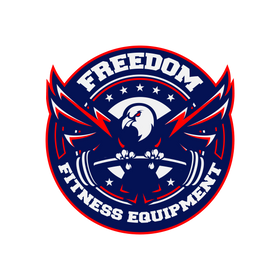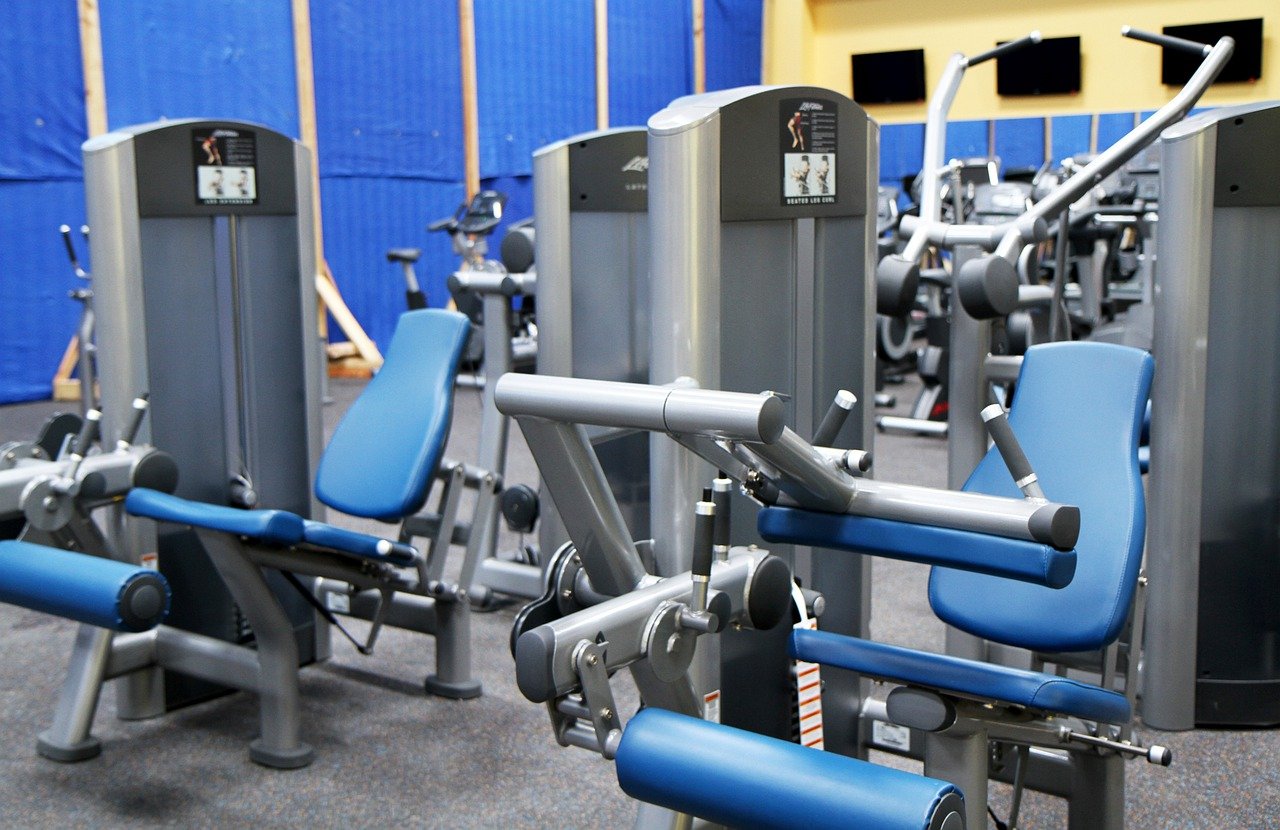It's almost winter. Enter sweatpants, hot chocolate, and bulking season. Long gone are the summer days of chasing that beach bod.
It is time to put your hoodie on, load up the barbell, and build that muscle for next summer.

Want to know if your winter program is working? When you wear those favorite sweatpants to the gym - what kind of looks are you getting? See, there are two ways this can go and there is most definitely a right answer. There's the first guy. He's wearing sweatpants to hide the fact that he has zero intention of hitting legs all winter. Pretty safe to say if you are reading this article you don't want to be that guy. Now, the second guy - he has people staring, simply amazed that his hamstrings are so well-defined they can still be seen.
You see he doesn't have hamstrings, he has hamROPES.
The respect of the gym has fallen on him - he has made it. Now the decision is up to you, but if it was up to me I want you to have those beefy hamstrings.
So, the decision is made, but you are probably wondering, "What now?"
I got you.
So, there are many ways to train your hamstrings and posterior chain. Some of the most common include deadlifts, Romanian deadlifts, and nordic curls. Each of these exercises has its place in a well-rounded training program, but today we are here to discuss the leg curl - a hamstring isolation killer.
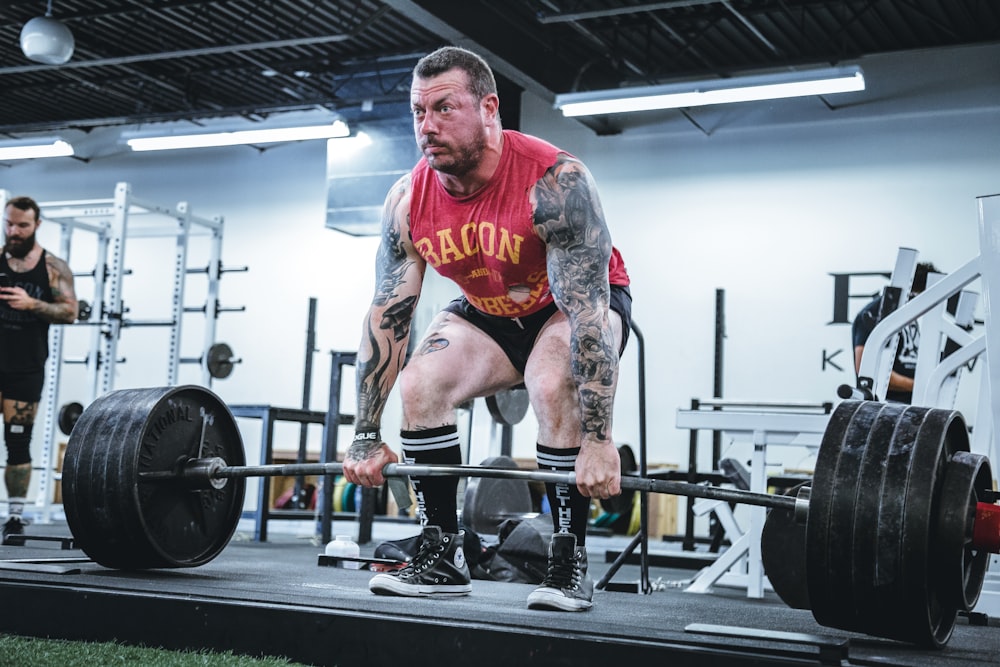
What is a Leg Curl Machine?
Hamstring curl machines come in a few different styles. The three main options are the seated leg curl, the standing leg curl, and the lying leg curl - we will dive into the differences later. The basic idea behind the machines is that they lock your hips in either a flexed or extended position, allowing only the hamstring to contract by way of knee flexion - essentially only slightly changing the range of motion. As far as starting position, simply set you heel and lower leg against the padded lever and drive your heels to your butt.
Hamstring curl machines are especially popular for bodybuilding. As with most machines, the leg curl takes out a significant amount of room for error, ensuring targeted muscle isolation and contraction, all while requiring less technique and skill in comparison to other exercises for your hamstrings like the RDL or nordic curl.
Leg curls are a great accessory for your leg day routine.
While they primarily target the hamstring, the lower leg and calf muscles are also used when performing the leg curl.
Because they are an isolation exercise, you would still want to hit your compound movement (squat, deadlift, leg press) before destroying those big ole hamstrings.
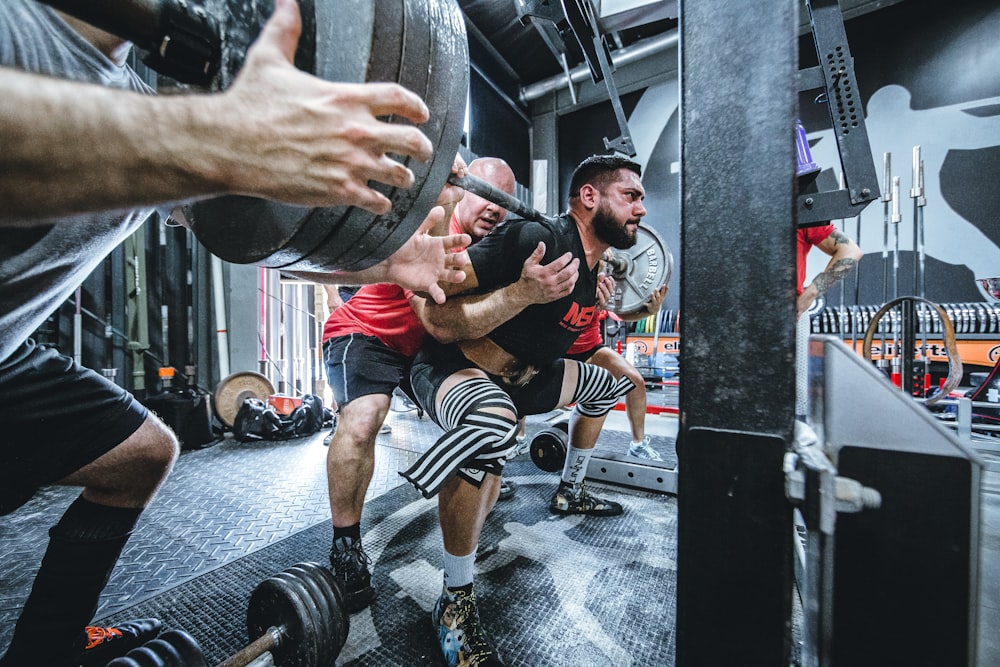
Which Hamstring Curl Machine is Right for Me?
Much of this question can be answered by preference. Let's dive in.
Plate Loaded vs. Selectorized
The two primary ways of loading your leg curl are with weight plates or with a preinstalled weight stack where you simply move the pin to adjust the load, also know as selectorized plates.

There are quite a few differences between the two. First, the overall size. Plate-loaded machines tend to be smaller simply because there isn't a two to three-hundred pound weight stack added to them.
Similarly, weight plate-loaded curl machines are much easier to move. Back in the day my high school was getting rid of a lat pulldown machine, and I thought "Woah, that would be awesome in my parent's garage." I had no idea how difficult it can be to separate, move, and reassemble those preloaded weight stacks. Don't get me wrong, it can be done (and is probably easier if you buy a new machine that is shipped to you), but just be aware.
If you already have weight plates in your gym, the plate loaded makes more sense.
It will take up less space and be easier to move and use. If you don't have weight plates, but like the idea of a plate-loaded leg curl better - check out our article for buying the best weight plates for your goals. Finally, you are going to want to consider the price. Because the selectorized machines come with the additional cost of adding in hundreds of pounds of weight, they are not only more expensive to buy but also ship.
So, is there any reason to buy selectorized for your home gym? This really comes down to preference. The main reasons to buy selectorized would be:
1) You don't have or want to buy weight plates for your leg curl
2) You like the convenience of simply moving the pin to adjust the weight on your leg curl
3) You consider the leg curl a staple in your home gym and don't mind the extra space it takes up.
While for most people the plate-loaded makes sense, there are definitely instances where that is not the case.

Standing, Seated, or Lying Leg Curl Machine
This is primarily a personal preference. The main difference between the three types of machines is the position of the hips causing a different range of motion.
In standing leg curls and lying leg curls, your hips are in extension, whereas in seated leg curls your hips are flexed. One study points to the fact that seated leg curls produce greater muscle growth due to the hip flexion and the contraction that has on the hamstrings.
While the difference is there, it is not a massive difference. All three machines are going to work and isolate your hamstrings and when combined with a well-thought-out training plan, diet, and recovery will produce muscle growth.
Another huge benefit for the seated machine is that most models include leg extension capability as well.
Leg extensions are a great way to build your quads and have become more popular in their use for knee rehab recently. So if you want healthy knees, to turn into Quadzilla, and get your hamstring work in - the seated machine may be the one for you.
As you can see, leg curls on a seated machine are going to give you the most bang for your buck.
The seated machine is also generally smaller, especially in comparison to the lying machine. However, maybe you prefer lying or standing to get that pump. Don't sweat it. Get what gives you the best workout for your training.
Residential vs. Commercial
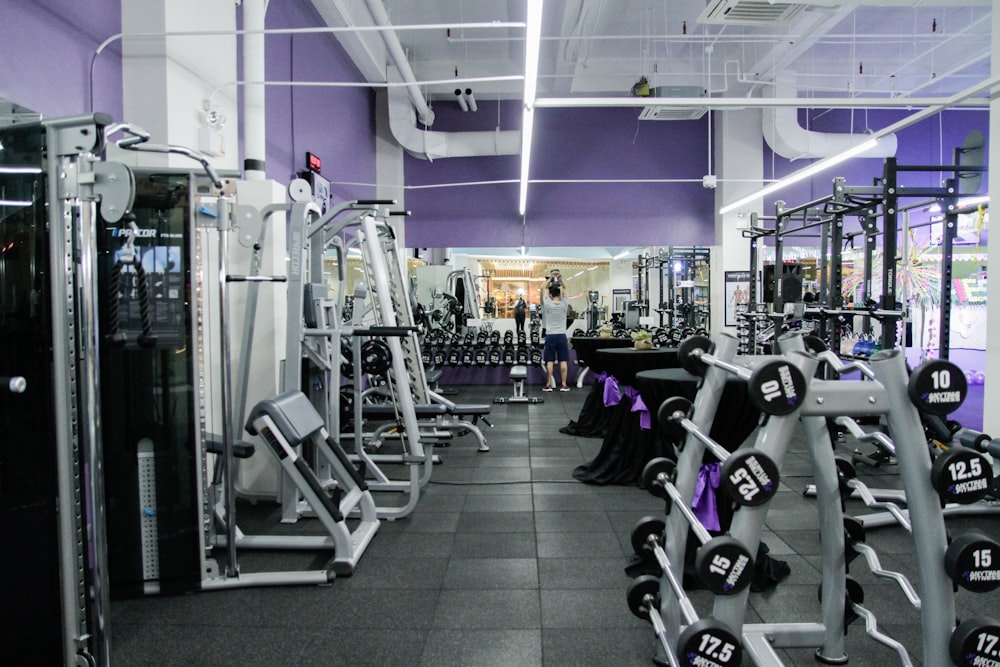
As with most pieces of gym equipment, there is what you could call the home gym version and the commercial gym version.
Generally, commercial equipment is bigger and pricier. However, it also tends to be more durable as it is expected to endure considerably more use. Most commercial gyms are going to use the selectorized weights mentioned above.
For most people, residential models in the range of $500 to a little over $1000 will do just fine, especially if you are looking at a plate-loaded model. Look at certain materials used such as:
-
Metal
-
Paint
-
Upholstery
These will determine how long your machine holds up over time.

Other Options
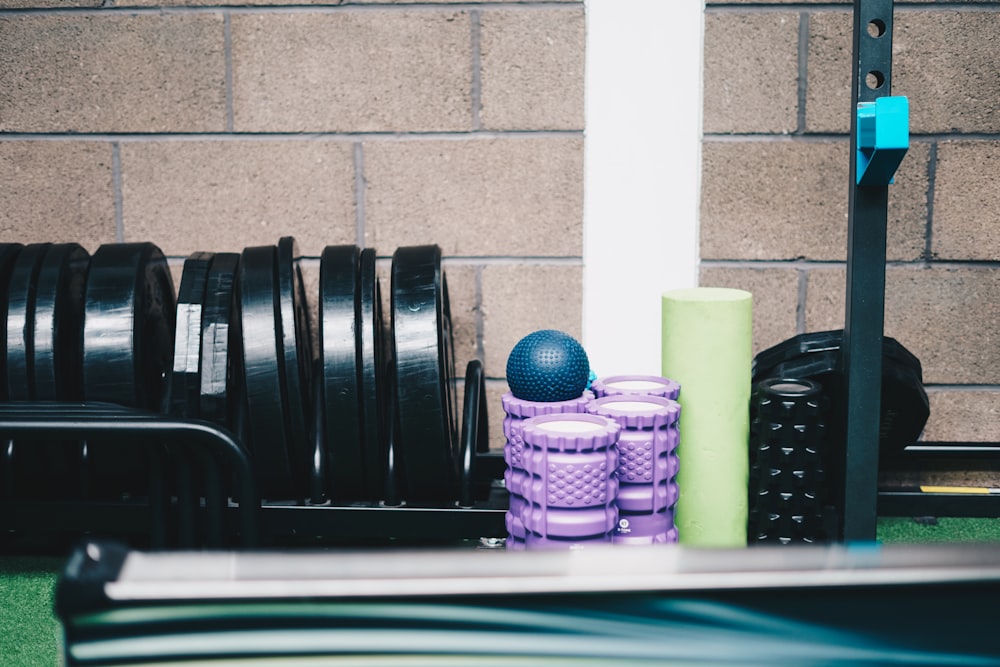
There are a couple of options worth mentioning if you don't have enough space for a full leg curl in your home gym.
The first, I'm not a huge fan of unless you are very tight on space and don't plan on using a significant amount of weight when performing leg curls. This option is an attachment that can be added to some benches. It is pretty small but can hold a decent amount of weight for its size. It can be a great option if you are not sure if you want to commit to buying a full machine, want to save costs, don't plan on going very heavy, or simply don't have the space in your garage gym.
The second is a seated leg curl that can be attached to a power rack. This is an incredible way to save space and its starting position and capabilities are practically the same as the traditional seated machine. These can also be fairly cost-effective while still providing the same range of motion and wonderful pump.
The Verdict
For a few reasons, the seated leg curl takes the cake.
First, the dual functionality is pretty much standard with this machine. Having the leg extension capability allows for more use in the same amount of space, which when building a garage gym is critical.
Second, leg curls on the seated machine allow for slightly greater muscle hypertrophy in comparison to the other two options - the standing and lying leg curl machines.
After all, aren't big hammies the goal?!
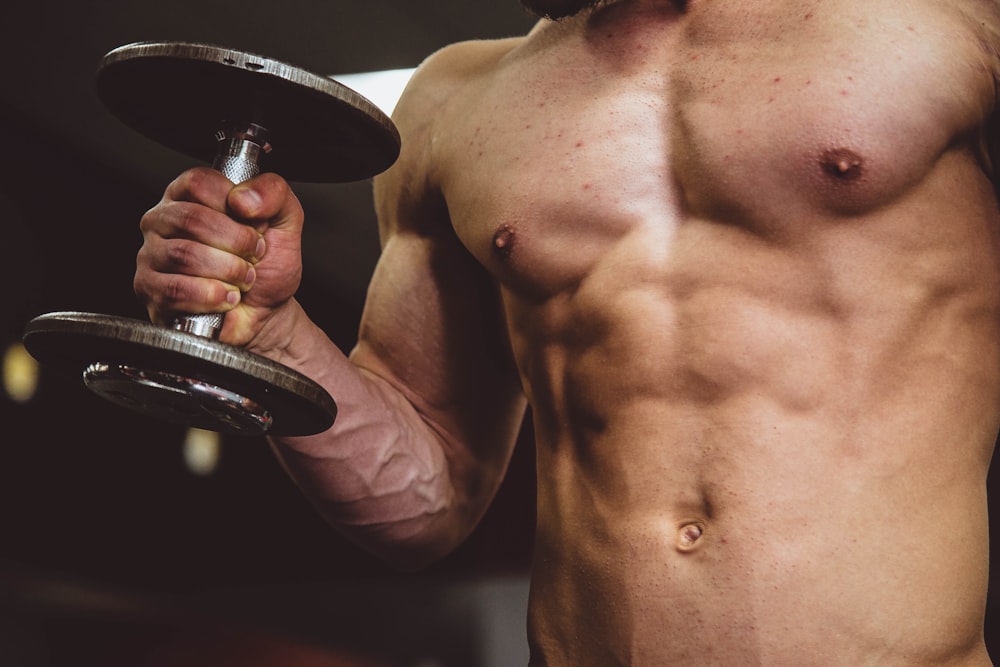
Finally, the seated leg curl tends to be smaller in comparison to the other two machines, especially when you consider an option that can be mounted onto a power rack.
As you can see, the seated leg curl has a lot going for it. However, as mentioned above there are instances where the other two machines can be a good option or maybe even better depending on your situation. It really comes down to your personal preference.
I would think of this decision as similar to deciding the best squat variation.
Different squat variations (front, back, hack, etc.) elicit different outcomes and responses, but at the end of the day doing one of them is better than doing none - the goal is to squat. Similarly, the goal is to train your hamstrings and hit your leg curls and all of these machines can be great options.

Final Thoughts
As you enter into the buying process for your leg curl, use this guide to help you decide what is the best machine for you. We are here for you in this process and want to see you not only build those hamROPES but also smash all your fitness goals.
Feel free to reach out with any questions, we are glad to help!
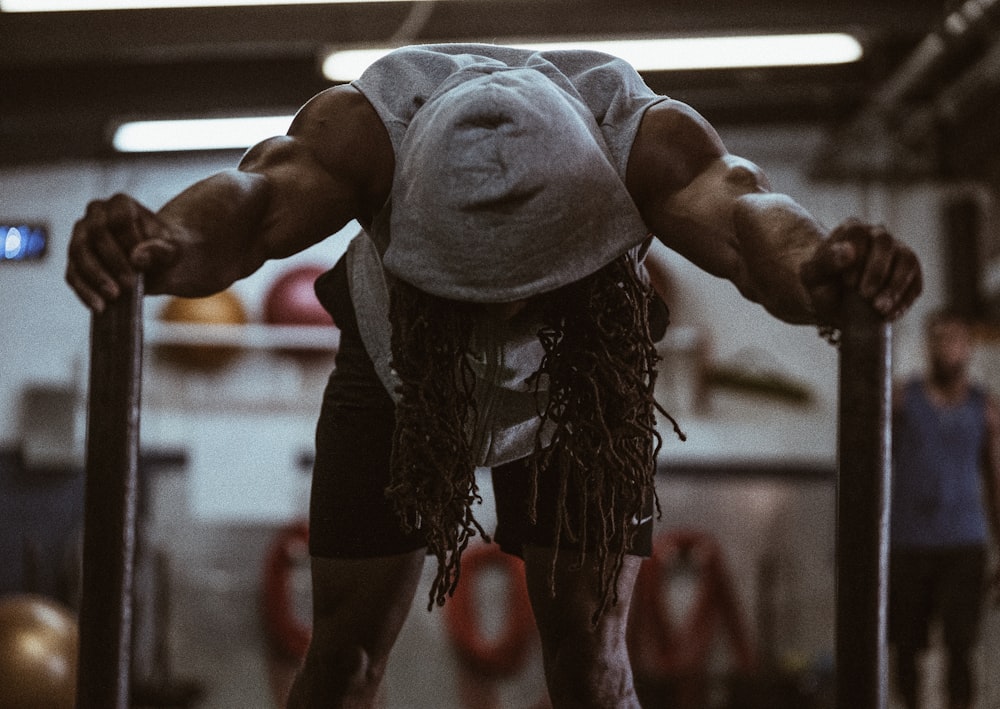
Sources
Elizabeth Quinn, MS. “Extension and Hyperextension in Joints.” Verywell Fit, Verywell Fit, 9 Oct. 2019, https://www.verywellfit.com/extension-definition-3120385#:~:text=The%20opposite%20of%20extension%20is,the%20limb%20at%20a%20joint.
Maeo, Sumiaki et al. “Greater Hamstrings Muscle Hypertrophy but Similar Damage Protection after Training at Long versus Short Muscle Lengths.” Medicine and science in sports and exercise vol. 53,4 (2021): 825-837. doi:10.1249/MSS.0000000000002523
Mentore, Brandon. “Seated vs. Prone Leg Curl: Which Muscles Are Activated?” NASM, https://blog.nasm.org/seated-vs-prone-leg-curl.
